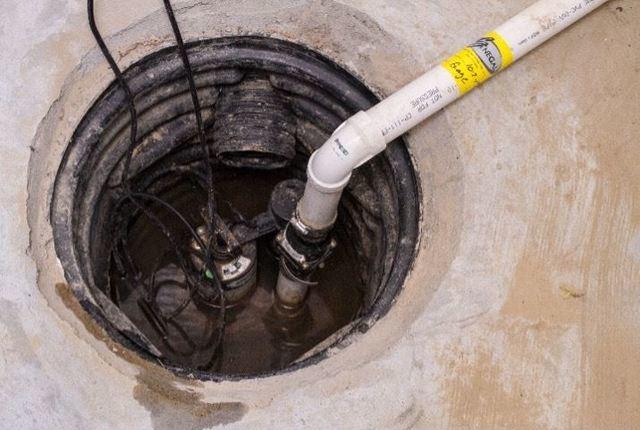When it comes to basement protection, there’s a silent guardian that often goes unnoticed, working diligently behind the scenes to prevent the dreaded dampness and potential flooding – the sump pump. This essential device plays a critical role in keeping your basement dry, especially during heavy rain or rapid snowmelt. Let’s dive into the world of sump pumps, explore how they work, and discuss some maintenance tips to ensure they’re always in top shape.
What is a Sump Pump?
A sump pump is a specialized pump installed in the lowest part of a basement or crawlspace. Its primary function is to help keep the area under the building dry and prevent it from flooding. Water flows into a sump pit (or basin) due to hydrostatic pressure or natural groundwater movement. Once the water in the sump pit reaches a predetermined level, the sump pump activates and expels the water away from the house, ensuring a dry basement.
Types of Sump Pumps
There are primarily two types of sump pumps:
- Submersible Sump Pumps: Positioned inside the sump pit, they are designed to function underwater. These pumps are quieter and can handle larger volumes of water.
- Pedestal Sump Pumps: These stand upright with the motor positioned above the water. While noisier and less powerful than their submersible counterparts, they are easier to maintain and have a longer lifespan.
The Importance of Sump Pumps
Basements are naturally prone to dampness due to their position below ground level. Water intrusion not only makes the basement unusable but also poses health risks, as moisture encourages mold growth. Additionally, prolonged water exposure can weaken the foundation of the house. A reliable sump pump ensures:
- Protection Against Flooding: Rapid snowmelts or heavy rainfall can easily overwhelm a basement. Sump pumps help prevent potential disasters.
- Moisture Control: Even without apparent flooding, basements can accumulate moisture. By regularly discharging this water, sump pumps aid in keeping basements dry.
- Mold Prevention: A dry basement is inhospitable to mold and mildew, helping safeguard the health of the home’s occupants.
Maintenance Tips
Like any piece of equipment, sump pumps need regular maintenance to operate efficiently. Here are some tips to ensure your sump pump remains the hero it’s meant to be:
- Regular Inspection: Check your sump pump at least once a year. Increase the frequency during heavy rain seasons.
- Test the Pump: Pour a bucket of water into the sump pit to ensure the pump starts automatically and drains the water swiftly.
- Clear Debris: Ensure the sump pit is free from debris that might clog the pump.
- Check the Outlet and Pipes: Ensure the discharge pipe is clear and water flows away from the house.
- Battery Backup: Consider having a battery backup. It ensures the sump pump works even during power outages – a common occurrence during heavy storms.
While it may not be the most glamorous device in your home, the sump pump plays a pivotal role in preserving the integrity of your basement. Recognize its importance, maintain it well, and you can rest easy knowing that your basement’s unsung hero is always on guard.








No responses yet